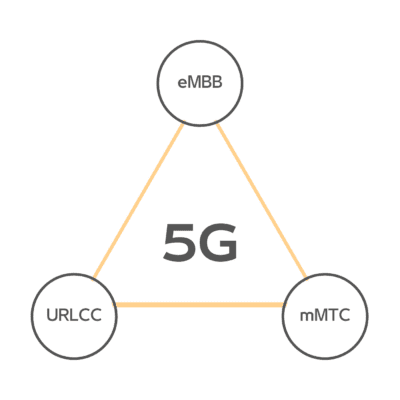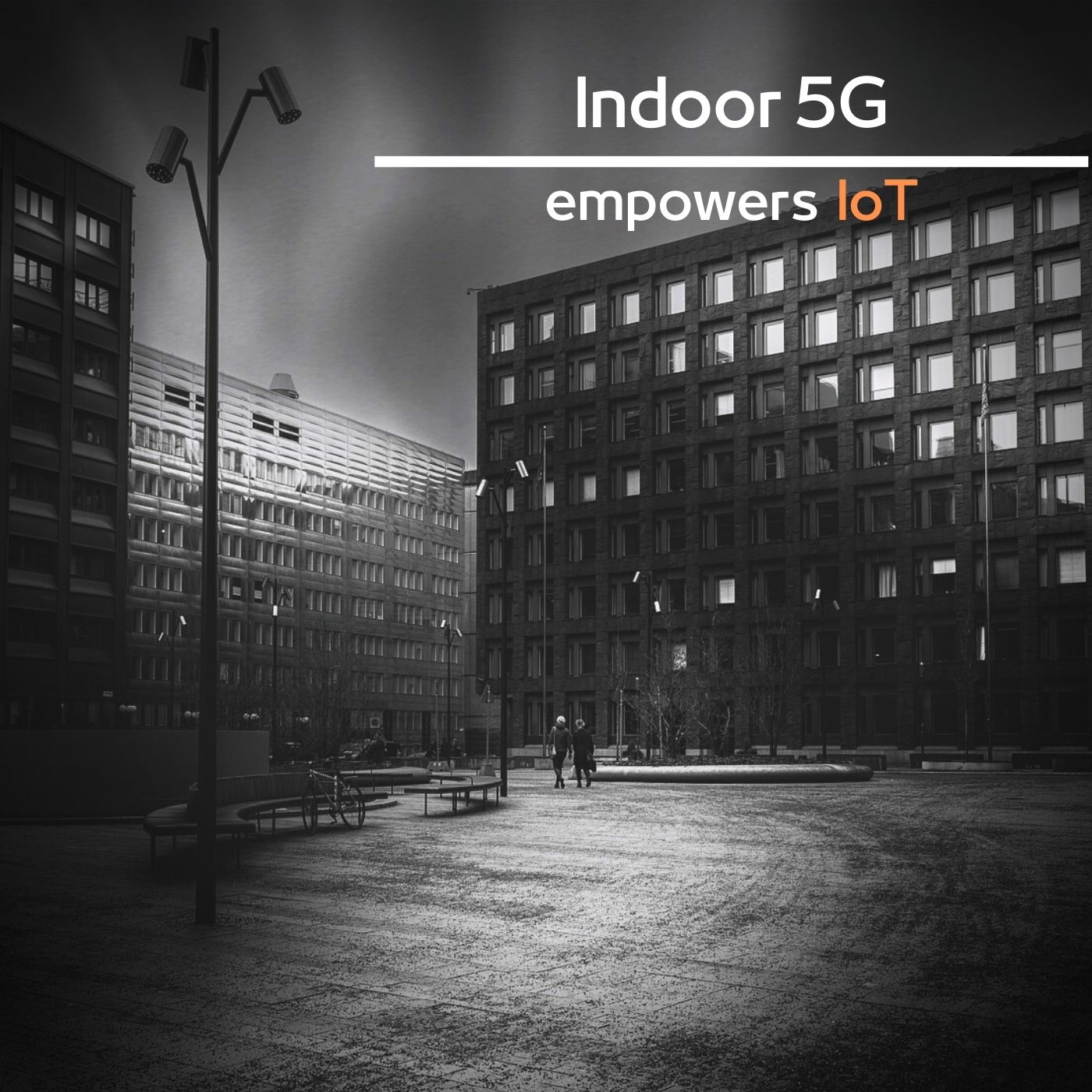Recently I attended an event by Proptivity, a company that wants to take 5G coverage indoors. The coverage should not be provided by outside base stations, but rather by indoor “spots” that will increase 5G coverage indoors in buildings. The clever idea is that is not a repeater solution per se, it is a distributed indoor 5G solution. For me, it is very essential that we take this step to meet the 5G expectations, and it all starts with a vision I had more than ten years ago.
The vision of 5g
In 2011 I communicated my vision with 5G. I picture an including standard, a standard that would be suited for anything and everything. A standard that would be fit for both devices and humans, providing a network for many needs. I had an idea that no matter where we traveled we would always have a 5G connection. At that time 3G indoors was a huge problem. In the vision, I wrote, “The allocation of capacity in mobile networks is also crucial in the future mobile network – it is about maximizing the perceived quality of service and allocating the right resources to the right place for each connection.”
Smart antennas would help to point the signal directly to where we were, and we would always have coverage, thanks to intelligent wireless technologies (like adaptive antennas that can improve the spectral efficiency of networks – in other words, to increase data rates without simultaneously growing bandwidth requirements).
In the same vision, I mentioned that “pico-base stations was a potentially huge market, with the number of pico-base stations likely to significantly exceed the number of regular base stations. Pico base stations can connect directly to fiber networks and establish local mobile networks for homes, offices, and shopping malls. Thanks to these local indoor base stations, the rest of the mobile networks – the outdoor networks – can be effectively relieved.”
Why is 5G indoors important?
5G meets many different needs, and it is based on three extreme use cases as described before and as per the below triangle.

5G can be used for IoT, broadband, and ultra-reliable connections. That puts 5G in a special place, 5G is the most flexible and powerful standard we have ever seen. No other standard can cover all these needs and at the same time address all different use cases with cutting-edge technology.
5G indoors for massive IoT
So let us not focus on the indoor coverage for enhanced mobile broadband, even though it can be a great replacement for wifi it is built well and has enough capacity. Let us not look at the possibilities with private 5G networks for applications that need high reliability or short latency. Let us look at IoT, the Internet of Things, or massive IoT as it is described in 5G. I can quickly hammer out four benefits that indoor massive IoT can gain by 5G coverage in buildings:
- Power saving
- Better coverage -better performance
- Ease of installation
- The total cost of ownership
Power saving
A better signal means less strain on batteries. This goes for LoRaWan, this goes for 5G LPWAN. So if we have better indoor coverage, that is already supplying 5G to tenants or guests, for example, IoT can gain from the network as well. This is an area where 5G, again, proves its superiority.
Better performance
With better indoor coverage, data speeds will be greater, even for IoT. This has a positive impact, as well, on battery life.
Ease of installation
If there is already indoor coverage, the installation would be so much faster. When we designed the AKKR8 sensor, we wanted the installation to be a breeze. With any self-made networks you have to calculate or test signal strength, with 5G indoor coverage, you know that the LPWAN standards most likely are powerful enough to pick up the signal.
TCO
The total cost of ownership, well if the network is already deployed then just buy a SIM card. Then you have a support function to call if you need help and calculating the total cost of ownership will be a breeze. Compare this to building your own indoor network based on BLE, LoRaWAN, or a similar standard. The price of the SIM is a cheap pain killer, compare to DIY network building.
Serious contender
LoRaWAN holds the record in indoor sensors. I would say it is most likely the largest market for LoRaWAN. But the proptech market is not protected ground forever. 5G LPWAN seems to be a true contender for sensor networks in properties in a near future.
To wrap up this post, I will share one last quote from my visionary blog post. “We will move from mobile networks being an alternative means of connecting to the outside world with 4G, to a primary means of connecting to the outside world with 5G. The pico-base at home may well replace our need for wifi, and we may well come to regard the mobile network as our primary and only wireless connection path.” The vision of 5G as a flexible standard, is still true.

